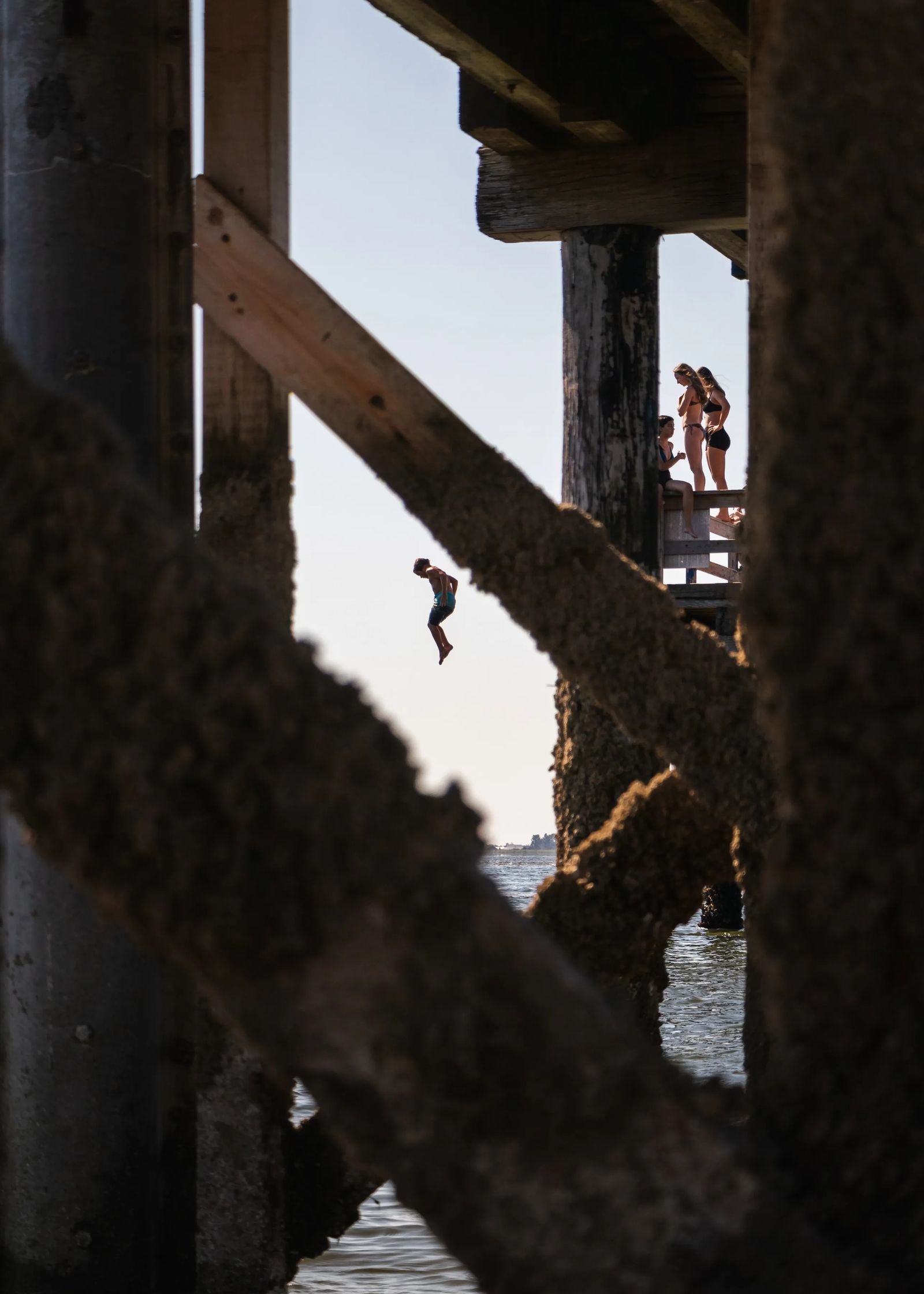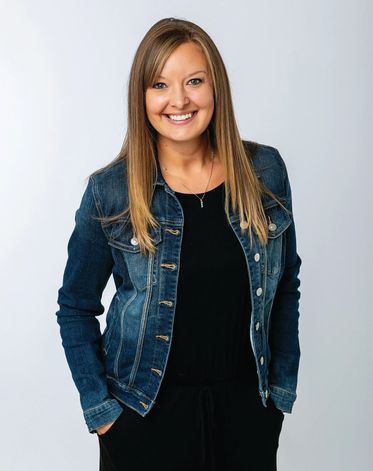

Photo by Greg Rosenke on Unsplash
Peer Pressure: Positive & Negative Impacts
June 27, 2023
by Kelly McCandless
As summer gets underway and our kids gain a little distance from school, we often recognize changes as some of the classroom and hallway influences melt away.
Even the youngest kids aren’t immune to the impacts of peer pressure. Whether it’s positive or negative pressure, kids are shaped in major ways by the environment and people around them. Spending day after day around the same kids and adults can lead to new behaviors and habits, both good and less desirable.
What is Peer Pressure
For anyone needing a refresher, peer pressure is simply being influenced by one’s peer group. It’s often considered to be negative, but, by definition, the influence can be both positive and negative.
We can differentiate between positive and negative peer pressure by considering the outcomes of the peer groups’ influence. Positive peer pressure will generally align with an individual’s moral code and encourage engagement in age-appropriate, healthy behaviors. An example of this may be academic dedication alongside teammates or clubmates to continue participating in an activity. Negative peer pressure often shows itself in behaviors that do not align with an individual’s belief system or values. An example of this could be consistently being late for class because a peer group is choosing to linger and the individual lingers, too, to gain acceptance.
Signs and Indicators
What signs might you be on the lookout for in your kids to intervene with negative peer pressure and encourage positive peer pressure? A few things you might notice in your child...
- withdrawing
- sleeping more or struggling to sleep
- exhibiting aggressive behaviors
- acting depressed
- taking on new behaviors and emotions that are difficult to manage
It can be difficult to determine a long-term problem when kids in the pre-teen and teen years often feel a range of emotions anyway. A solid guideline is, if the issue or concerns persist for more than a week or two, it’s time to check-in.
Positive peer pressure can be abundant during childhood. Things like watching certain shows or playing particular games, hair, and clothing styles, word choice, music, activities – these items should be expected and, if they align with family values, encouraged as these kids build their confidence, their individuality, and their identity. Making their own choices (even if they are choices made by their peers) can be a powerful developmental tool.
Your Role
As a caregiver, be an active observer. Ask non-judgmental questions to learn why your child is making a certain choice. Support them when they choose to align with healthy behaviors, and when they choose not to go along with their peers (whether it’s to avoid risky choices or simply recognizing that a positive peer pressure behavior is not for them). Encouraging kids to try new things, to have a mind of their own, and to be kind to themselves and those around them are all hugely powerful mechanisms to aid in their development.
We all have peer groups, and we are all influenced by them. This constant begins in childhood and does not end, so the best thing we can do for children is to equip them to navigate peer pressure. Parents and caregivers should encourage healthy, supportive friendships. Get to know your child’s friends and create a safe space for two-way conversations. Model responsible behavior and even consider sharing peer pressure situations you deal with on your own.
A couple of other things caregivers can and should do:
- Create a Safe Space: whether it’s to talk through things or to get out of something that feels risky, as a caregiver, you can and should be a kids’ excuse. Allow kids to use you as a reason to get out of a situation and help them learn ways to say no when they need or want to.
- Encourage Healthy Relationships: from peers to other adults, kids need a wide range of people to learn from. Encourage your child to talk to other family members, close friends, teachers, or other safe adults they connect with. These relationships can be hugely beneficial.
Peer Pressure, both good and bad, follows us throughout life. Using tools to recognize both and learn to embrace the positive and grow through the negative are life skills we all need to keep sharp. Model your own responsible choices and be honest about mistakes. Learning together will help build a stronger relationship for all involved.
Never miss an issue, check out SLM's digital editions here!





